
The Origin of Meditation: An Ancient Practice
Delve into the roots of meditation, tracing its long history to understand who introduced this transformative practice to humanity.
article by Hina Kurosawa
The Seeds of Stillness
Throughout history, the art of meditation has been a cornerstone of spiritual and personal development, with its roots buried deep in the ancient soils of civilization. This transformative practice, which guides one towards tranquility and insight, is not the brainchild of a single inventor but a collective wisdom passed down through millennia. The earliest records suggest meditation was a vital aspect of rituals and traditions in the Indian subcontinent, with meditative techniques detailed in the Vedas, texts that date back to around 1500 BCE. These early forms of meditation were integral to Vedic religion, and subsequently, to Hinduism.
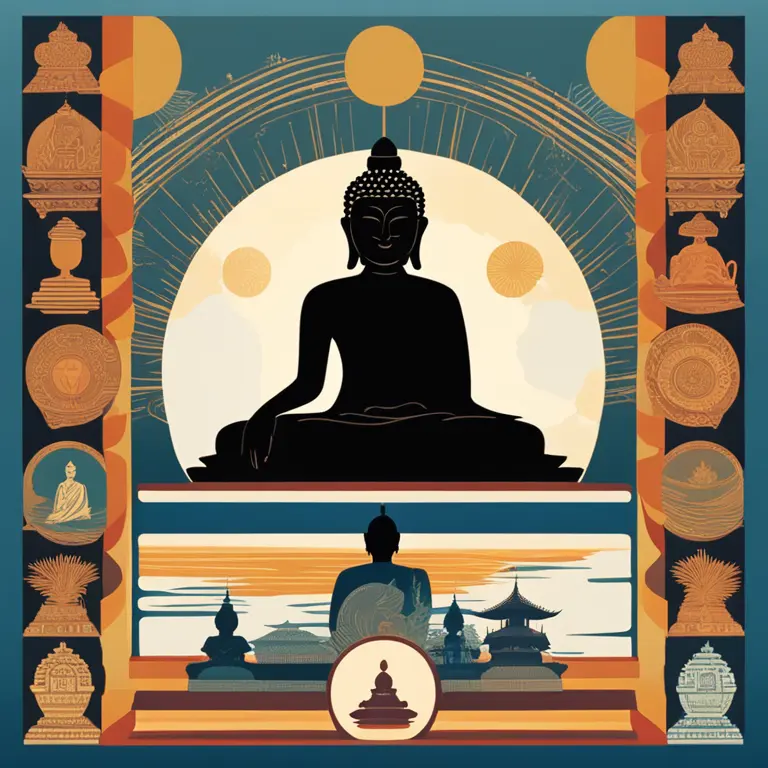
The Spread Through Buddhism
It was through Buddhism, however, that meditation truly began to spread across continents. Siddhartha Gautama, later known as the Buddha, was a seminal figure who, after attaining enlightenment around the 5th century BCE, began teaching Dhyana or Jhana in Pali—deep concentration, a precursor to modern meditation practices. As Buddhism grew, so too did the practice of meditation, traveling from India to Southeast Asia, China, Korea, and eventually Japan, evolving with each culture it touched.
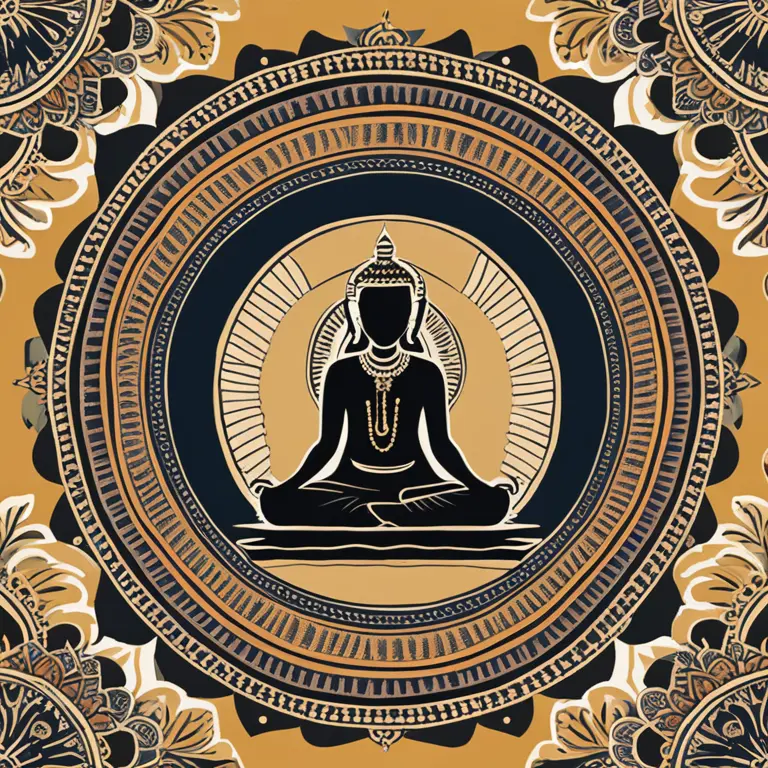
Taoist and Confucian Influence
Parallel to the Buddhist tradition, China's indigenous philosophies, namely Taoism and Confucianism, also embraced meditation. Taoist meditation focused on harmony with the Tao, embodying principles of nature and the universe, while Confucianism utilized meditation as a way to reflect on one's moral virtues and duties. Both schools of thought contributed significantly to the understanding and methods of meditation, enriching its diversity of practices.
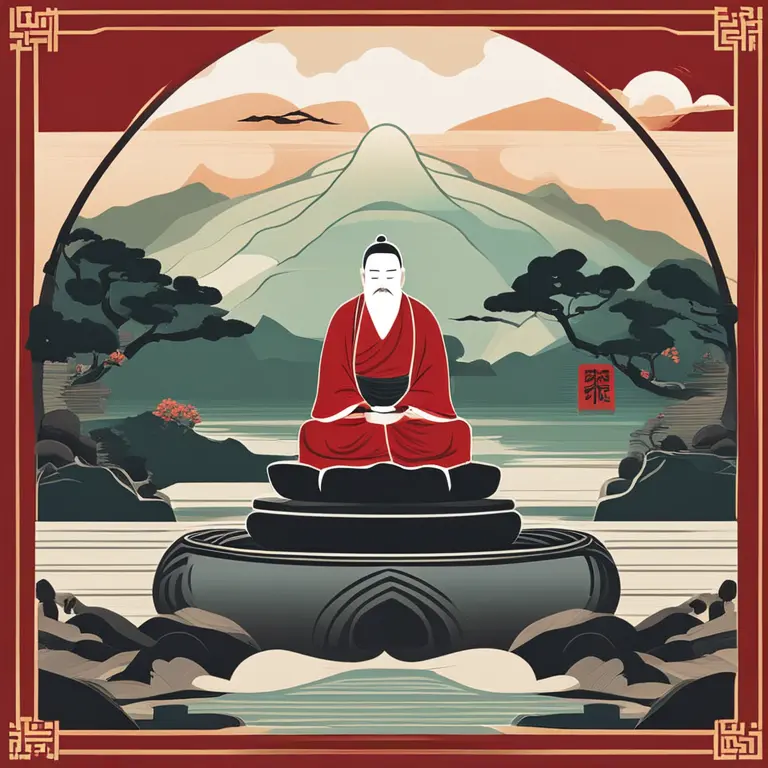
Western Adoption and Adaptation
The Western journey of meditation began with scholarly interest in Eastern spirituality during the late 19th and early 20th centuries. It gained significant traction in the 1960s and 1970s through the counterculture movement. Influential figures such as Maharishi Mahesh Yogi, who introduced Transcendental Meditation, played pivotal roles in this advent. Since then, the West has not only embraced meditation but also subjected it to scientific scrutiny, thus recognizing its psychological and physiological benefits.

Modern Integrations and Innovations
In contemporary times, the integration of meditation into healthcare and wellness programs has illustrated its universal value. Mindfulness-based stress reduction (MBSR) and mindfulness-based cognitive therapy (MBCT) are notable examples of medically endorsed programs, born from the synthesis of age-old meditative practices and modern psychological understanding. Technology, too, has shaped the meditation landscape with the advent of apps and online platforms that make it widely accessible to a global audience.
Meditation's Future Path
Looking forward, meditation continues to evolve with an ever-growing body of research affirming its benefits. What began as a spiritual and religious practice thousands of years ago has now found a place in the secular world, celebrated for its ability to enhance well-being and mental health across diverse populations. As it transcends cultural and philosophical boundaries, meditation manifests as a universal language of inner peace and self-understanding.
Published: 1/24/2024
Modified: 1/24/2024
More predictions
Come back here soon to learn more about yourself and your future
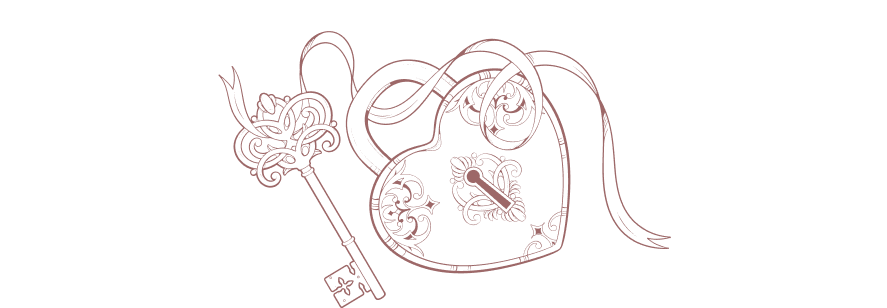

Simple Guide to Meditation Practices
Meditation made easy for beginners – discover simple techniques to start your mindfulness journey.


Meditation Techniques for Stress Relief Explored
Discover effective meditation methods to alleviate stress and foster inner peace in this concise guide for well-being.
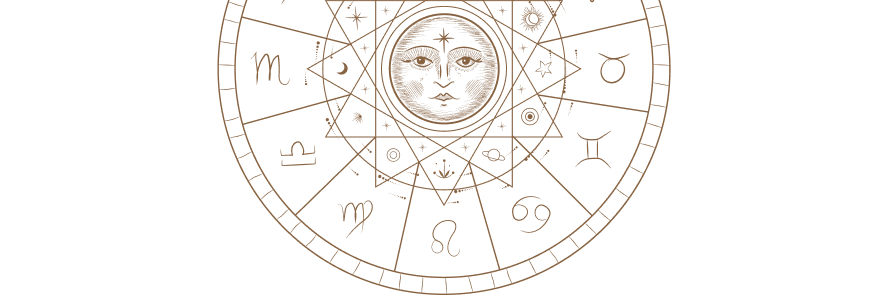
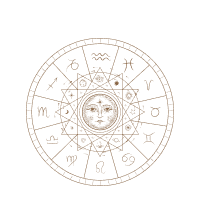
The Most Effective Meditation Techniques for Harmony
Discover the potency of various meditation practices tailored for spiritual harmony and self-mastery as we navigate the diverse landscape of mindful tranquility.